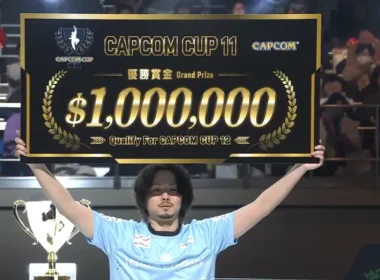This article was contributed by Team Silver Sea
So far in our ongoing series introducing Yu-Gi-Oh we have touched upon the core concepts and the different types of monsters. Today’s article, we will be dealing with the remaining types of Extra Deck Monsters, namely Synchro, XYZ, Pendulum and Link Monsters!
As mentioned in our previous article, a 15 card Extra Deck exists for both players. Certain cards can only be placed in this Extra Deck, including Fusion Monsters, which we touched upon last time. Today we will be talking about the other cards that can be included in the 15 card Extra Deck.
Synchro Monsters
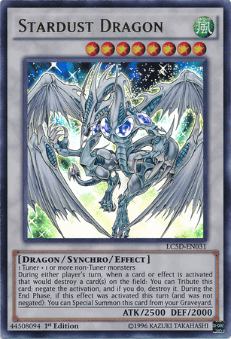
Synchro Monsters are instantly recognizable with their white background. These monsters belong in the Extra Deck, and were introduced in the second spin-off of Yu-Gi-Oh! Duel Monsters, Yu-Gi-Oh 5D’s.
A Synchro Monster requires a Tuner Monster, normally a monster from the Main Deck, and a Non-Tuner Monster, to perform a Synchro Summon (which is a type of Special Summon). The levels of the monsters used in a Synchro Summon MUST be equal to the level of the Synchro Monster you are attempting to summon, as outlined below:
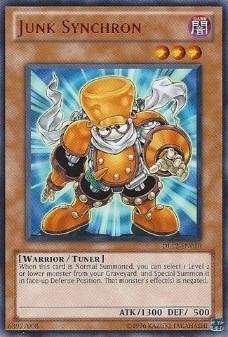
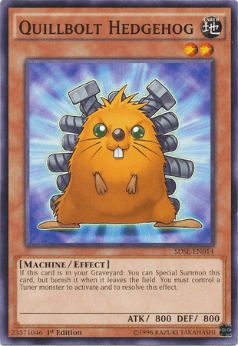
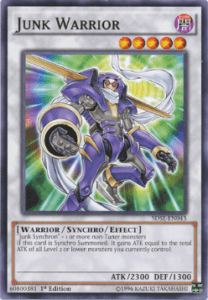
In this case, Junk Warrior, a Level 5 Synchro Monster (identifiable by its white border), requires Junk Synchron, a Level 3 Tuner Monster and any Level 2 Non-Tuner Monster, in this case Quillbolt Hedgehog to successfully Synchro Summon Junk Warrior. Both Junk Synchron and Quillbolt Hedgehog, in this case, are referred to as Synchro Materials, and are sent to the Graveyard during the Synchro Summon.
Xyz Monsters
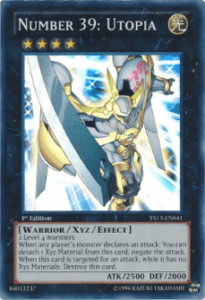
The normal method to Xyz Summon, is to have two (or more, depending on the condition) Monsters of the same Level to perform an Xyz Summon, as outlined below.
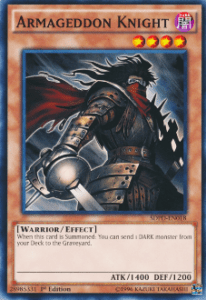
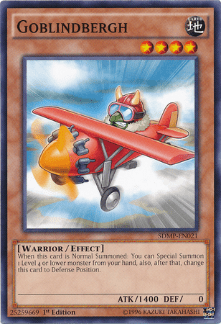
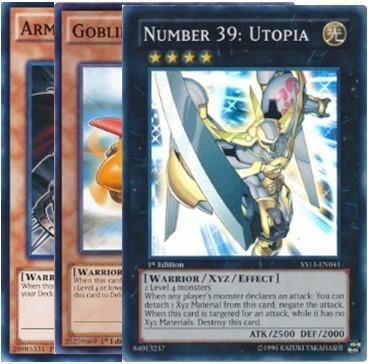
Number 39: Utopia is a Rank 4 Xyz Monster that requires 2 Level 4 Monsters, which in this case are Armageddon Knight and Goblindbergh. These two cards are referred to as Xyz Materials. What sets Xyz Materials apart from Synchro Materials is the fact that Xyz Materials are NOT sent to the Graveyard after an Xyz Summon, instead being placed below the Xyz Monster, as shown above.
Due to the relative ease of Xyz Summoning compared to Synchro Summoning, Xyz Monsters generally have weaker effects compared to Synchro Monsters. Most Xyz Monsters require “detachment” of an Xyz Material to activate their effects, meaning that the Materials are sent to the graveyard as cost. In the event that the Xyz Monster is killed, the Materials are also sent to the graveyard.
Pendulum Monsters
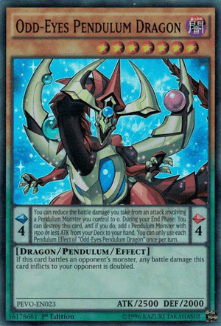
For all intents and purposes, Pendulum Monsters can behave as other Monster Cards. They can be tributed for an Advance Summon, and require tributes to Advance Summon themselves. They can also be used as Fusion, Synchro and even Xyz Materials. But at the same time, Pendulum Monsters have another function: Pendulum Summon.
Pendulum Monsters in your hand can be set Face Up at the Pendulum Zones, located at the rightmost and leftmost Spell/Trap Zones. At this point Pendulum Monsters are no longer treated as Monsters, but as Spell Cards, with their Pendulum Effects (written in the box between the Scales) taking over from their Monster Effects. A Player with two differing Pendulum Scales can perform a Pendulum Summon, special summoning monsters from their Hand or Face Up in the Extra Deck with Levels between the Scale Numbers. A Pendulum Summon can only be performed once a turn.
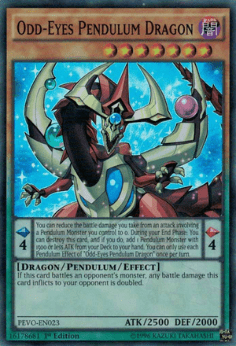
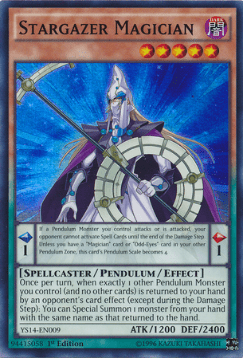
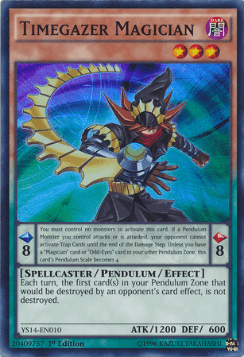
Another property that sets Pendulum Monsters apart from other monsters is that Pendulum Monsters on the field are not sent to the Graveyard once destroyed, instead being sent Face Up to the Extra Deck (hence why they are referred to as Extra Monsters despite staying in the Main Deck). This allows them to return to Extra Monster Zones through Pendulum Summoning.
Link Monsters
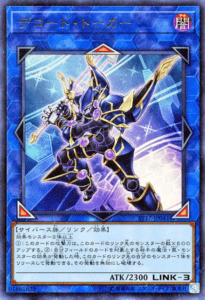
Link Monsters have Link Markers, corresponding to their Link Number pointing at one of eight directions: Top, Bottom, Left, Right, Top-Left, Top-Right, Bottom-Left, Bottom-Right. These Link Markers play a significant role in the new Master Rules and the effects of the Link Monster themselves.
To perform a Link Summon, the number of Link Materials used must be not less than the minimum specified on the Link Monster itself. For example, the Link 3 Decode Talker requires at least 2 Effect Monsters to Link Summon itself. But that does not mean that 2 Effect Monsters are sufficient to Link Summon it! Here’s where it gets tricky. As Decode Talker is a Link 3 monsters, to normally Link Summon it, one requires 3 Monsters as Link Materials! This is shown clearly in the anime as the monsters actually BECOME the Link Markers, hence you cannot have a number of materials lesser than the number of Link Materials!
But at the same time, Link Monsters can be treated as Multiple monsters for a Link Summon, corresponding to their own Link Number! This may seem confusing, but it’s actually quite simple. The two types of Link Summoning are highlighted below:
Normal: 1+1+1=3
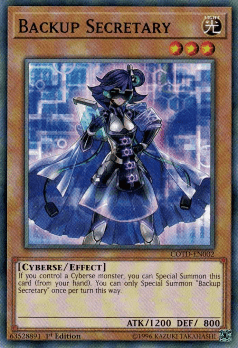
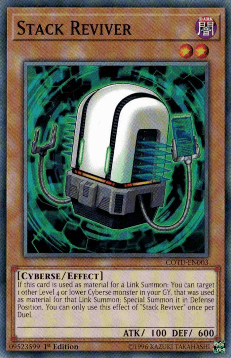
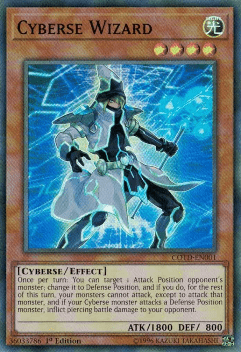

Treating a Link Monster as Multiple Monsters: 1+3=4
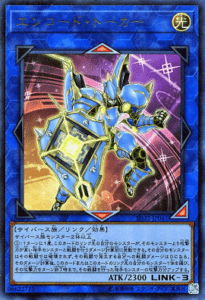
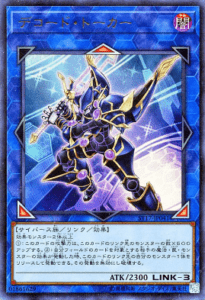
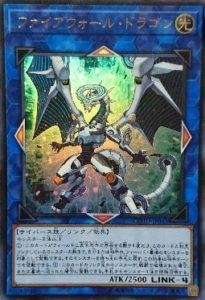
What sets Link Summoning apart from Synchro, Xyz or Pendulum is that the Levels of the Monsters do NOT matter, only the number of the Monsters matter. This can present a challenge for players, perhaps explaining why Link Summoning is not yet a popular method in the Metagame. Still, for the sake of explaining the basics of the game and getting to know each cards, it is best we delve into the details of Link Summoning.
At this point, some readers may be wondering the significance of the Link Markers. Why are they placed in strategic places on the cards? Do they have a meaning?
Most Link Monsters utilize the Link Markers in their effects. For example, Decode Talker gains 500 ATK for every monster its Link Markers point to, and can tribute monsters at its Link Arrows to activate its effect. Also, some monsters have effects that correspond to the number of monsters in a Mutual Link (also known as Co-Link) with it, meaning that the Link Markers of the two Link Monsters are pointing at each other. But perhaps the most important property of the Link Markers is that any Main Monster Zone a Link Marker points at is considered an Extra Monster Zone.
With the introduction of Link Monsters, Konami also introduced a new and improved set of Master Rules. The most divisive change in this rules set is the classification of Monster Zones into Main Monster Zones (MMZ) and Extra Monster Zones (EMZ). Essentially, Extra Monsters can no longer occupy MMZs as in the previous Master Rules, instead having to be confined to the single EMZ. The only way to expand your number of EMZs is to use a Link Monster.
I hope that, with this, the readers will understand the full concept of the Card Types and Monsters that are available in the game. In our next article, we will start describing and introducing what is perhaps the most important content of Yu-Gi-Oh: The Master Rules.


